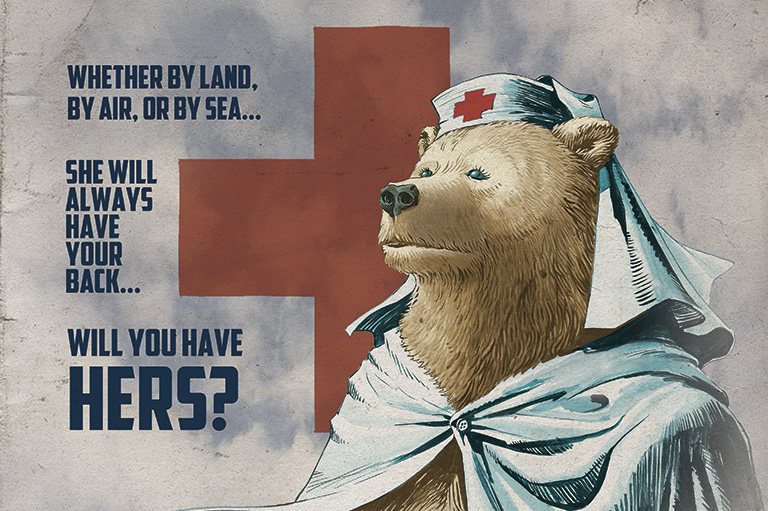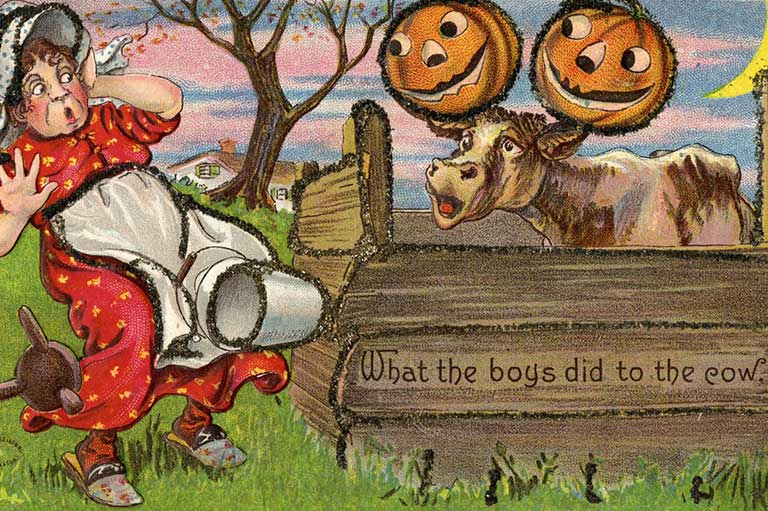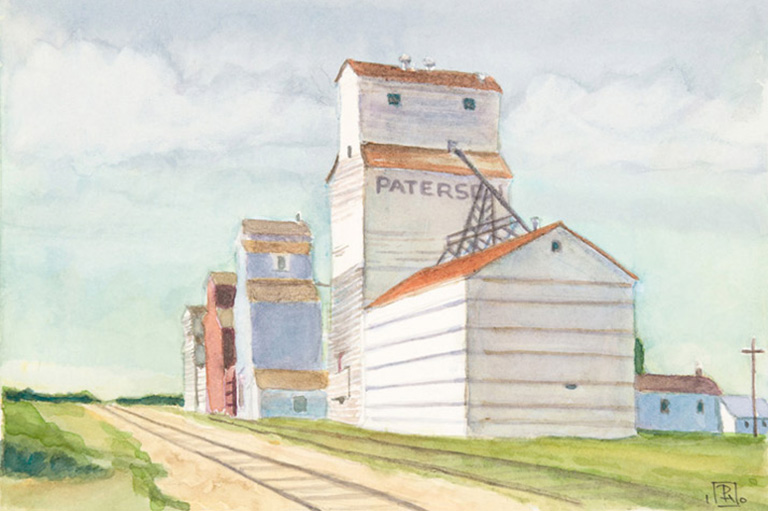Life Lessons
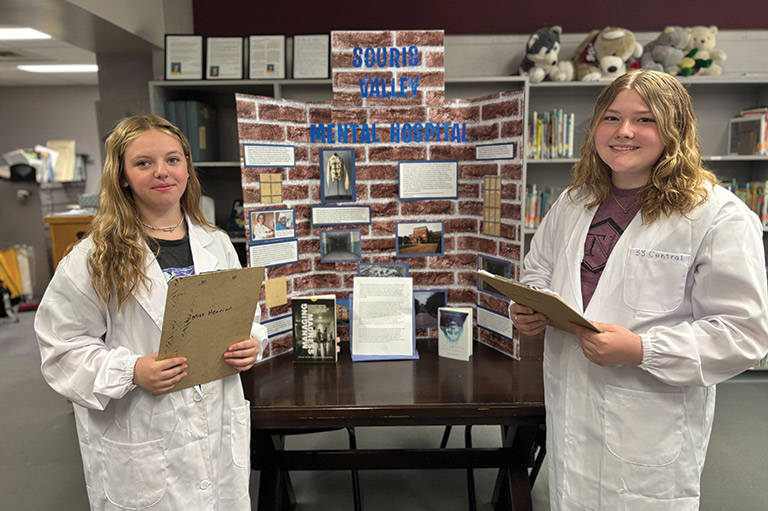
The inaugural Heritage Fair National Showcase highlights the passion and curiosity of students from across Canada. The online exhibition featured 80 of the top student projects selected from regional heritage fairs in spring 2025.
Students dug into questions close to their hearts and uncovered stories that connect the past to our present. Through interviews, archives and their own families’ memories, these youth historians demonstrate how history isn’t just something to study, but also something we live.
With 7 uniquely curated newsletters to choose from, we have something for everyone.
The National Showcase is part of Canada’s National History Society’s goal to raise public awareness of this cherished program and to increase participation to 50,000 students by 2027. With the help of generous donors and a strong network of educators, we’ve invested in classroom resources and professional development, and we’re already seeing results. Student participation increased 24 per cent last year and their work is stronger than ever.
“Both the student projects and interviews seem to improve every year,” says a coordinator from British Columbia. “We’re seeing students go beyond facts to present multiple perspectives, delve into the stories and narratives, and make personal connections to their heritage.”
Selecting just four winners was no easy feat. The projects featured here stood out for the depth of their research and the creativity they brought to telling Canadian stories that matter. The students will each receive a $500 registered education savings plan and paid travel for a special celebration in Ottawa.
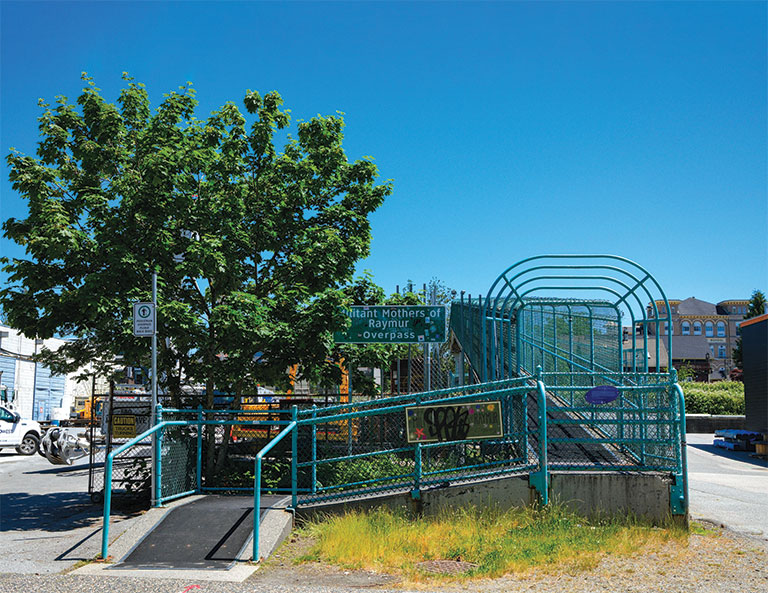
Militant Mothers
Jasmine, 11, tackled the inspiring story of the “Militant Mothers of Raymur,” women who risked everything in 1971 to protect children from crossing unsafe railway tracks on their way to school in Vancouver. “They protested by physically stopping trains,” explains Jasmine, who learned how their civil disobedience forced the city to build the Keefer Street Overpass. Diving into archives, murals and newspapers, Jasmine discovered how everyday mothers became activists. “They proved that petitions don’t always work — you sometimes need action,” she says. Their fight for safety inspired Jasmine to see history as “a way of showing how people can change their communities.”
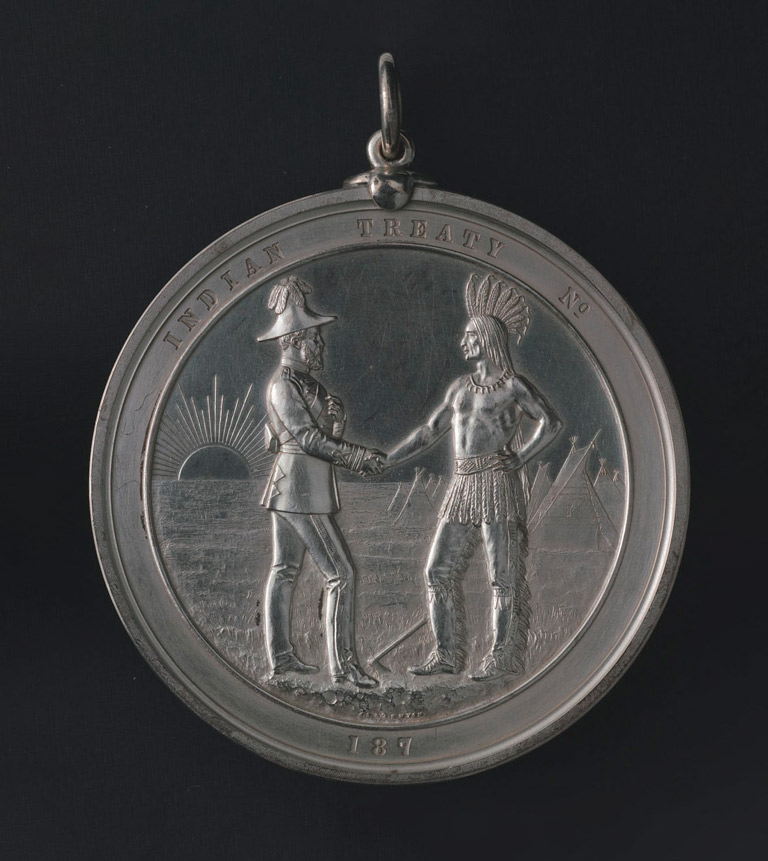
Asotamakewin:
God’s Lake First Nation and the signing of Treaty 5
For Valentina, 15, her pursuit of history is deeply personal: her great-greatgrandfather, Chief Peter Watt of God’s Lake First Nation, signed an adhesion to Treaty 5 in 1909. “I wanted to know why he signed and what was promised,” she says. Her research led her through archives, academic reports and interviews with Elders, uncovering how the Cree saw treaty as Asotamakewin — “the promise” to share land. Valentina found that while her community expected support, “life changed instead — children were sent to residential schools and many promises weren’t kept.” For her, the project was about truth: “Treaty is still important today. It’s a living promise for how we live together.”
Advertisement
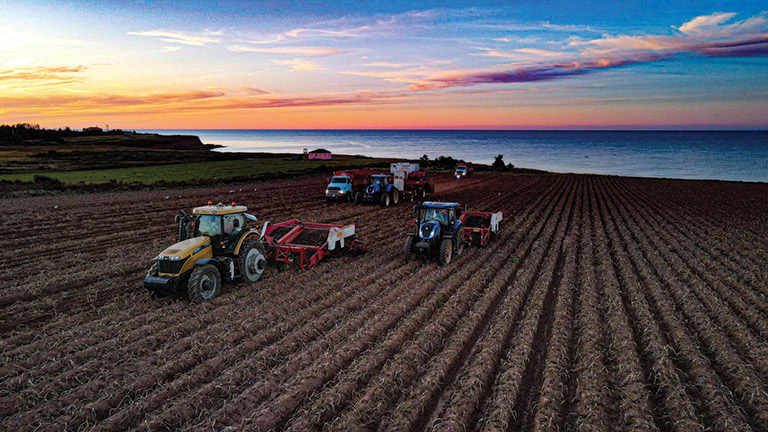
Women in Farming:
Rooted in tradition, growing the future
Cora, 10, began her project with a simple question: Why is her family farm called “R.A. Rose and Sons” when her aunt Keisha does so much? Through interviews with her aunt and grandfather, Cora learned that women had always been central to farming. “My great-grandmother cooked turkey dinners for harvest crews six days a week!” marvels Cora, who discovered that women like her aunt, now president of the P.E.I. Federation of Agriculture, continue that legacy today. “I found out women have always been farmers — they just weren’t always called that,” she says, proud to carry their story forward.
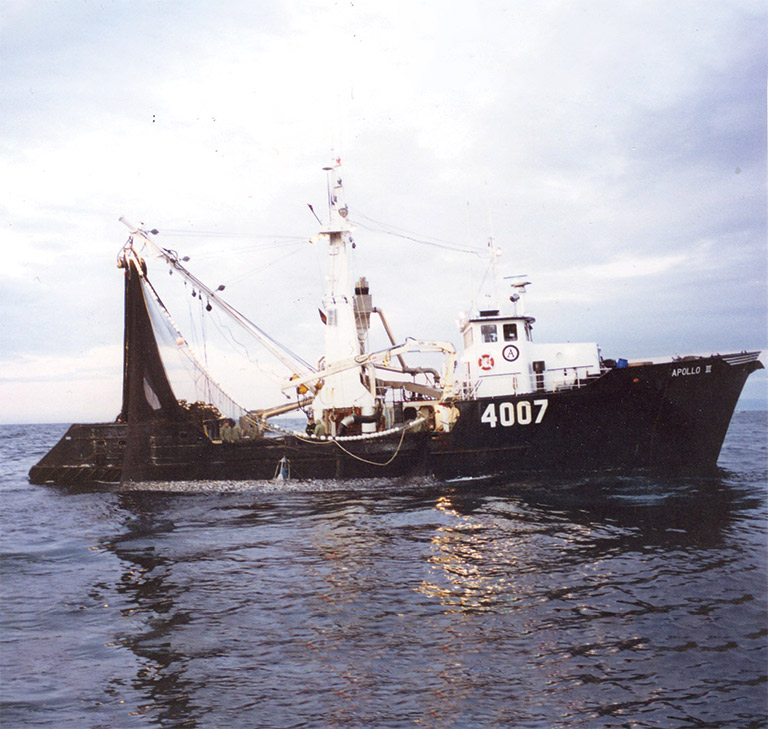
Naufrages
Flavie, 13, turned a family memory into history by researching the fate of three steel trawlers built in 1969. Two — Lady Dorianne and Lady Audette II — sank within months, earning them the nickname “floating coffins.” Her grandfather survived one of the wrecks, but sadly “he didn’t get the help he needed afterward,” Flavie explains. She pieced together the story from newspaper archives, documentaries and conversations with her grandmother. For Flavie, her research centred on remembrance: “It’s important to honour the victims and make sure tragedies like this never happen again.”
We hope you will help us continue to share fascinating stories about Canada’s past.
We highlight our nation’s diverse past by telling stories that illuminate the people, places, and events that unite us as Canadians, and by making those stories accessible to everyone through our free online content.
Canada’s History is a registered charity that depends on contributions from readers like you to share inspiring and informative stories with students and citizens of all ages — award-winning stories written by Canada’s top historians, authors, journalists, and history enthusiasts.
Any amount helps, or better yet, start a monthly donation today. Your support makes all the difference. Thank you!
Themes associated with this article
Advertisement

